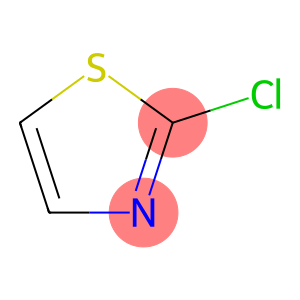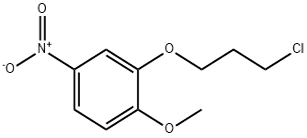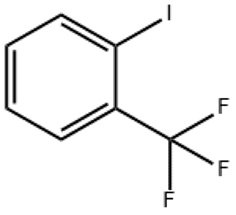Ethyl cinnamate(CAS#103-36-6)
| Risk Codes | R20 – Harmful by inhalation R22 – Harmful if swallowed |
| Safety Description | S23 – Do not breathe vapour. S24/25 – Avoid contact with skin and eyes. |
| WGK Germany | 1 |
| RTECS | GD9010000 |
| TSCA | Yes |
| HS Code | 29163990 |
| Toxicity | The acute oral LD50 value in rats was reported as 7.8 g/kg (7.41-8.19 g/kg) (Russell, 1973). The acute dermal LD50 value in rabbits was reported as > 5 g/kg (Russell, 1973). |
Introduction
Slightly smell of cinnamon. Polymerization is easy to occur under the action of light and heat. Hydrolysis occurs under the action of caustic. It is miscible with ethanol and ether and insoluble in water. Low toxicity, half lethal dose (rat, oral) 400mg/kg.
Write your message here and send it to us







](https://www.xinchem.com/uploads/11oxybis22diethoxyethane.png)
